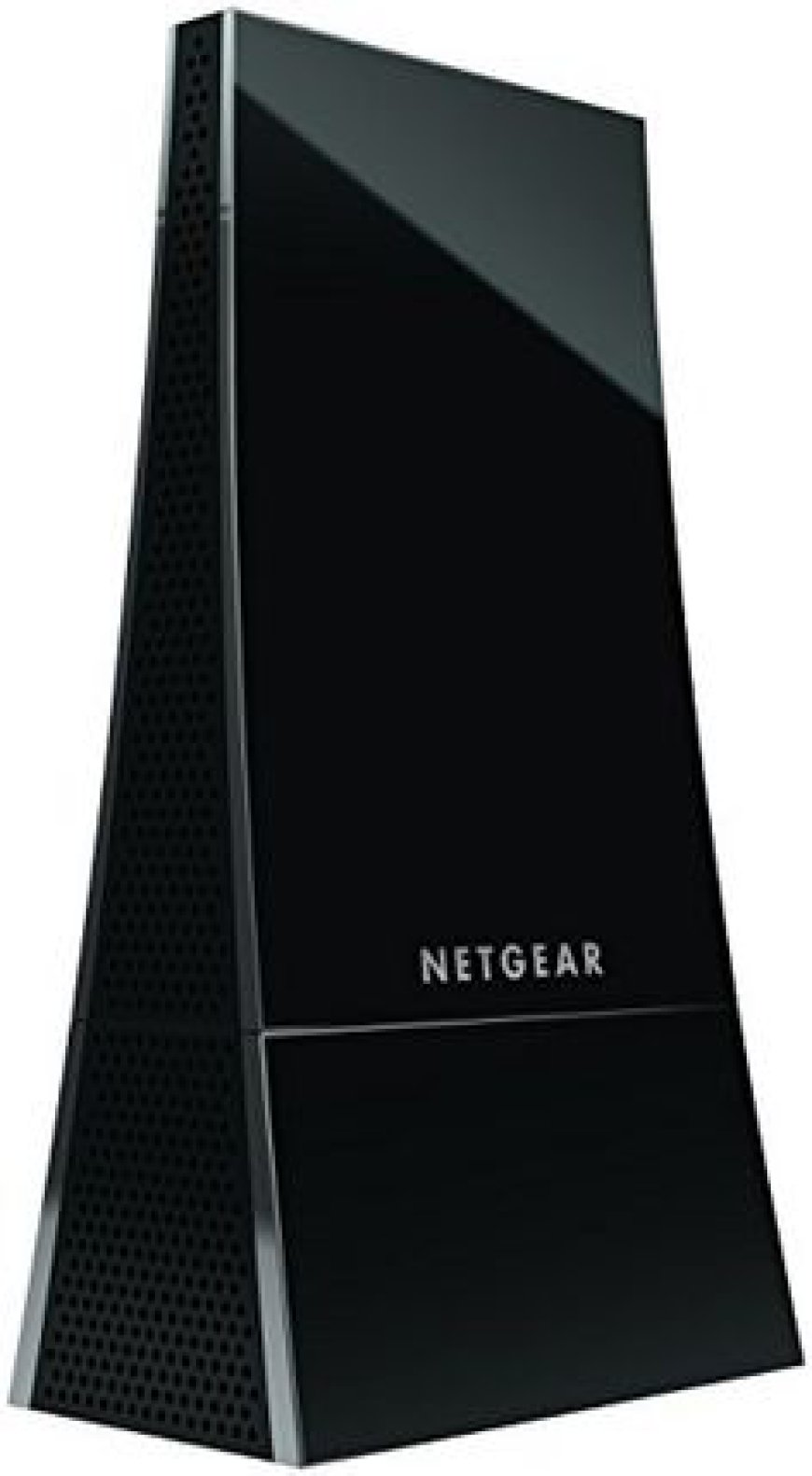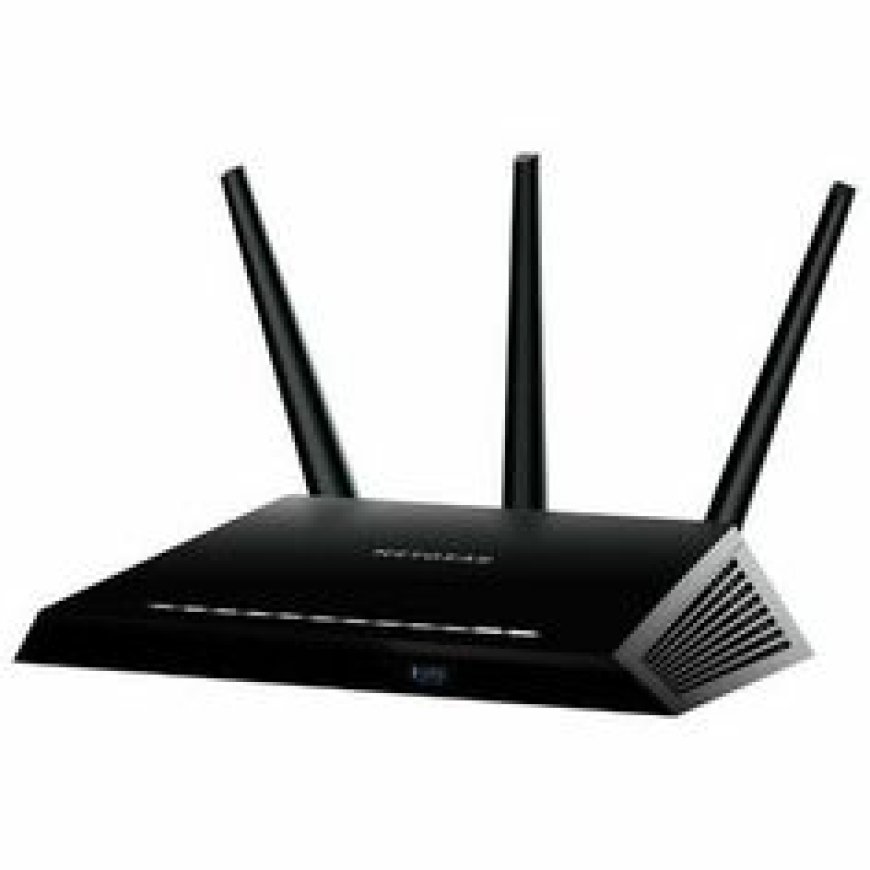Why Your Netgear Mywifiext Isn’t Loading and How to Fix It | Troubleshooting Guide
Struggling with your Netgear Mywifiext not loading? Discover why the Netgear extender setup page isn’t loading and follow our step-by-step guide to fix common issues like Mywifiext not loading or connectivity problems.

Why Isn't Your Netgear Mywifiext Loading And How You Can Fix It
The fact is that Netgear Mywifiext refuses to load. You are not alone if you have to face this trouble. It's really frustrating when you've got to set up a new or troubleshoot an existing Wi-Fi extender, and the setup page won't open up. Thankfully, the problem is common and usually quite solvable by employing some light troubleshooting. In this article, we will see some of the probable reasons behind t

he failure of mywifiext loading and give some step-by-step solutions to get it sorted.
Reasons Why Your Netgear Mywifiext Isn't Loading
As a truism, it goes without saying that it is essential, before looking for solutions, to know why your Netgear Extender not loading. Because of a few reasons, some of those being:
The most common considering the entry of the incorrect URL while going to the extender setup webpage.
- Network Connection Problem: The extender might not get properly connected with your router or with your device, and hence access to mywifiext.net might not be possible.
- Browser Cache and Cookies: There could be interference due to old cache files or cookies that will create a problem while loading the page.
The IP conflicts are network-related IP address conflicts that block access to the extender setup page. The most probable cause for any loading issue is outdated or corrupted firmware or software. Antivirus, firewalls, or other security measures block access to the Mywifiext setup page.
Now that you have gone through some of the more common causes, let's go through exactly how to resolve these issues in steps.
1. Check Correct Web Address
The easiest solution for the Netgear Mywifiext not loading issue would be to check the correct web address. In fact, while trying to access the setup page, many users have been known to enter the wrong address, "mywifiext.com," instead of "mywifiext.net" or "mywifiext.local."
Use the correct one below, according to your device type:
- For Windows: mywifiext.net
- For macOS/iOS: mywifiext.local.
- Please make sure that your device is connected to a Netgear Extender network via a wired Ethernet connection or via Wi-Fi of the extender.
2. Restart Your Netgear Extender and Router
A simple reboot of your Netgear Extender and the router themselves can often fix connection problems. It helps to remove temporary glitches with which you might not be able to reach the Mywifiext setup page.
How to Restart:
- Switch Off the extender and router.
- Wait for 30 seconds
- Switch On the router first, and then wait until the LEDs get stabilized.
- Now, turn the extender on and reconnect your device to the network of the extender.
Once you restart it, try again accessing mywifiext.net to see whether the problem has vanished or not.
3. Clear Browser Cache and Cookies
Maybe some of the old files and cookies in your browser make it unusable to open mywifiext.net. Concerning that, clear browser cache and cookies would be pretty good.
How to Clear Cache and Cookies:
- In Google Chrome, follow the path: Menu > Settings > Privacy and security > Clear browsing data > Under Clear browsing data, select "Cache" and "Cookies."
- Mozilla Firefox: Go to the menu > Options > Privacy & Security > Clear Data > Select "Cookies" and "Cached Web Content" > Clear.
- Safari: Click Safari in the top menu > Preferences > Privacy > Manage Website Data > Remove All.
- Close the browser after removing all data from the cache and try to access the Netgear Mywifiext setup page one more time.
4. Check Your Network Connection
Other probable causes could be a weak or unstable connection between your router, extender, and device.
Here's how you check your network:
- First, ensure your extender is correctly connected to the router. The extenders that are kept too far away from the router might not gather enough strength to load the setup page.
- Check your device's network: Your computer or mobile device should connect to the Wi-Fi network of the extender and not to the main network of the router.
If possible, establish a wired Ethernet connection between the computer and the extender for stability in the connection.
5. Firewall and Antivirus Temporary Disable
Sometimes it could be because of some highly aggressive firewall or antivirus that is blocking access to the settings page of the extender.
How to Temporarily Disable Security Software:
- Access your firewall or antivirus settings.
- Temporarily disable the software.
- Try accessing mywifiext.net again to see if the problem is resolved.
- If it does, add mywifiext.net as an exception in your security settings so that this block may not happen again in the future. Once you have added the exception, you can enable your firewall or antivirus.
6. Try a Different Browser or Device
If the message Mywifiext not loading still shows after clearing your cache or using the proper URL, then switch to any other web browser. Sometimes it might be a browser-specific problem that is causing the page not to load.
Recommended Browsers:
- Google Chrome
- Mozilla Firefox
- Microsoft Edge
- Safari
Also try opening the setup page from another device, smartphone, or tablet to eliminate any device-related issues.
7. Update Your Netgear Extender's Firmware
Running an outdated firmware may be one of the reasons for several issues, including not being able to load up the Netgear Mywifiext. Such issues will be fixed by renewing your extender to its latest software version after updating the firmware.
How to Update Firmware:
- Access the settings of the extender by connecting your device to the network of the extender.
- Open a browser and open mywifiext.net.
- Enter admin credentials for logging in.
- Access Settings > Firmware Update.
- Download and install the latest firmware.
Remember here that your extender should remain connected with the router. While performing this updating don't mess up as it may cause permanent damage to the device. Now, after updating the setup page can be accessed again.
8. Factory Reset Netgear Extender
If all else doesn't work, perhaps a factory reset is in order. That will restore your extender back to default settings; you'll have to set it up again, though.
Steps for Factory Reset:
- Look at the extender. The Reset button usually resides on the back or bottom.
- Press and hold the reset button using a paper clip-like tool for about 10-15 seconds.
- Allow the extender time to reboot and be restored.
You may try again for mywifiext.net and begin with the setup process all over again after the factory reset.
9. Assign a Static IP to Your Device
One of the reasons for not being able to access the page Mywifiext is a conflict between the IP addresses. In that case, you will have to try statically assigning an IP to your device.
How to Assign a Static IP:
- Access the Control Panel > Network and Sharing Center of your computer.
- Click on your network and then click on Properties.
- There you'll find the Internet Protocol Version 4 or TCP/IPv4. Assign an IP within your extender's range, such as 192.168.1.x
- This may try to troubleshoot an IP-related problem and you can easily open your Netgear Mywifiext setup page.
Conclusion -
The problem of Netgear Mywifiext not loading should eventually create a very fair opportunity to troubleshoot it and regain access to your extender settings with not much sweat. First, do a cross-check on correctness in terms of the web address, restart your devices, and/or clear your browser cache. Where these don't succeed, update the firmware; disable security software, or factory reset your device. Do it just right, and you will have your Netgear Extender up and running in a snap for an improved Wi-Fi coverage and performance.

 netMywifiext
netMywifiext